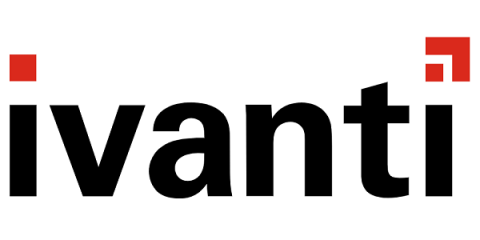Operations | Monitoring | ITSM | DevOps | Cloud
Technology
The latest News and Information on APIs, Mobile, AI, Machine Learning, IoT, Open Source and more!
InfluxDB Python Client Library: A Deep Dive into the WriteAPI
InfluxDB is an open-source time series database. Built to handle enormous volumes of time-stamped data produced from IoT devices to enterprise applications. As data sources for InfluxDB can exist in many different situations and scenarios, providing different ways to get data into InfluxDB is essential. The InfluxDB client libraries are language-specific packages that integrate with the InfluxDB v2 API. These libraries give users a powerful method of sending, querying, and managing InfluxDB.
What's the deal with Playwright's web-first assertions?
Android 13 and Ivanti UEM: What to Know About the Latest Enterprise Features
Android 13, the latest release from Google, is here. For IT administrators, this means making sense of new enterprise features and enhancements: what changed, why should you care – and most importantly, what should you do about it?
Top 5 IoT challenges and how to solve them
There are a number of challenges to surmount for enterprises in the IoT sector, including having a short time to market, airtight security, a versatile update mechanism for hardware and software and mastering device management. The more planning and practical steps that are taken to address key considerations, the faster an IoT project can get to market and make an impact on the world.
Video: Cloud Native Traffic Replay
Wireshark: an Open-Source Packet Capture Tool
Top API Metrics for Different Teams That You Should Monitor
Building and utilizing modern applications now essentially requires APIs. They are a crucial component of every company's automated workflow, and as more customers depend on your APIs to power their applications, the demand for them to be trustworthy is growing. Your business will suffer if its performance, availability, or health degrades, thus proactive API monitoring is essential to ensure its dependability. We'll go through the most important API metrics in this article.
FOSS for Dummies: What Is Free and Open-source Software?
Self-hosted versus cloud-based mobile app testing
Testing is a vital part of the mobile app development process. Your team can use testing to evaluate the quality, security, and reliability of mobile apps before releasing them to your users. Users who expect their applications to be highly performant and intuitive. There are two ways DevOps teams can perform testing for mobile apps: on-premise (also called self-hosted) or in the cloud. But which of these is the best option for your team?











